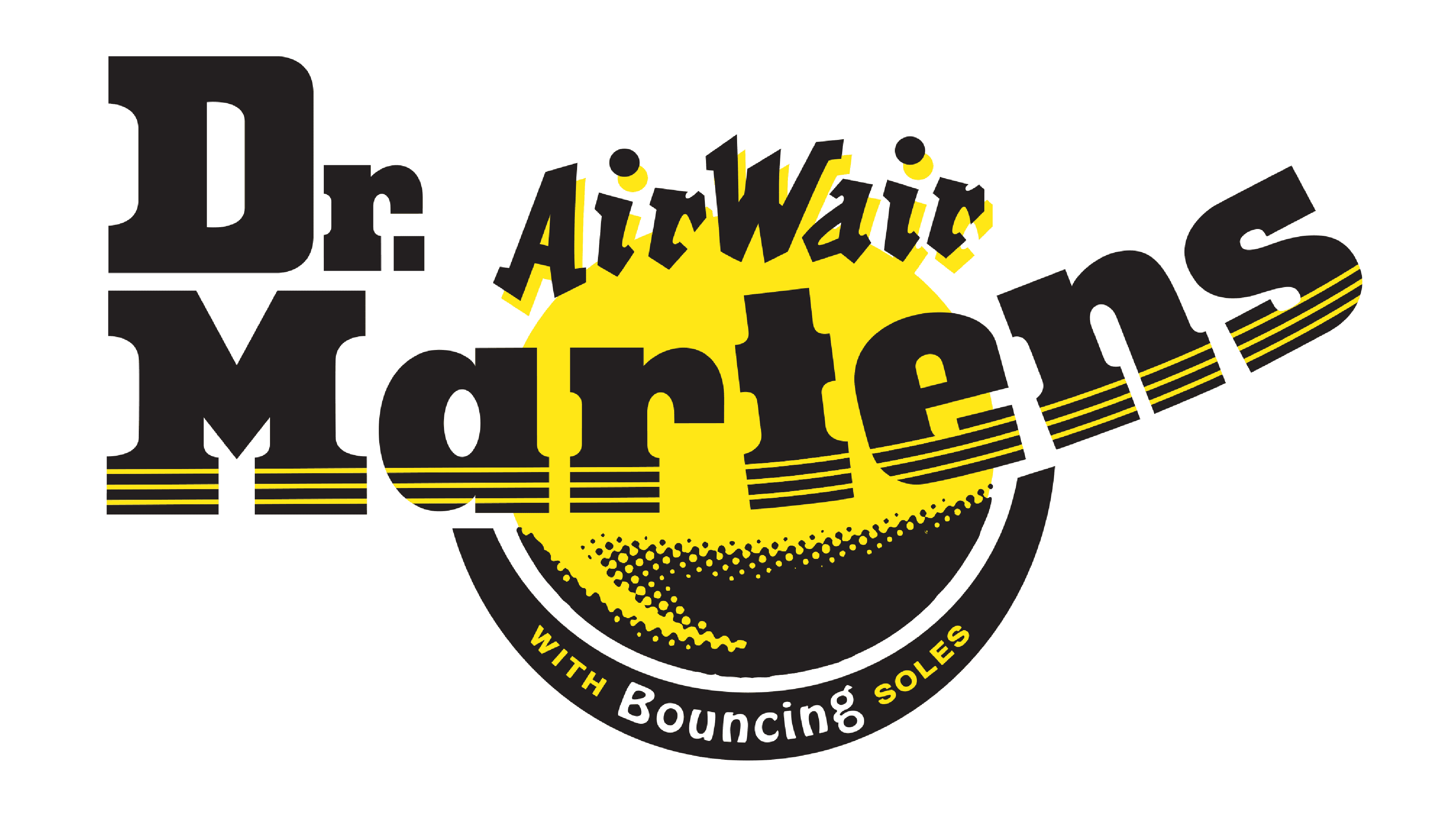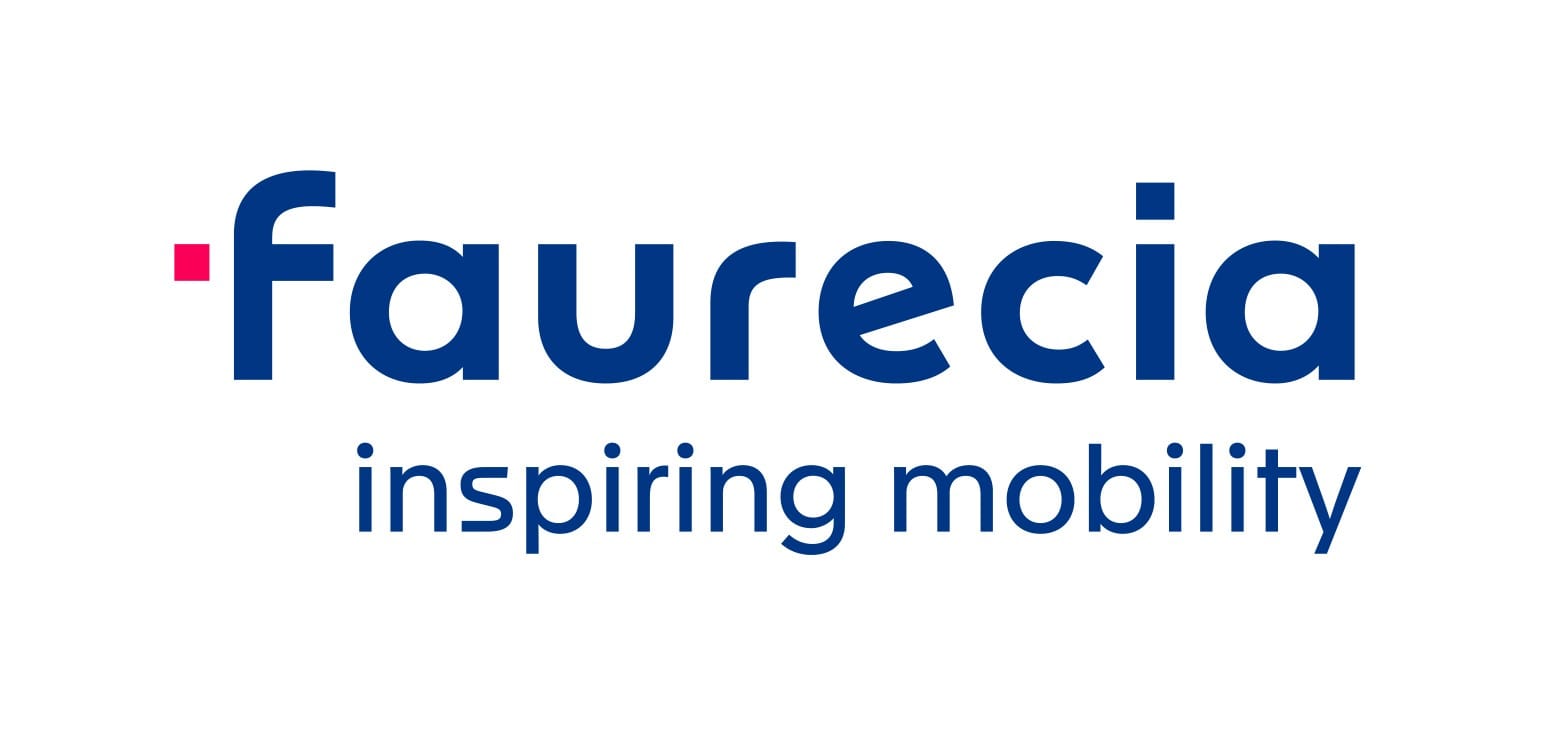Dr. Martens, the global footwear brand, is known for the iconic look and exceptional durability of their boots, shoes and sandals. In light of this, a critical aspect of Dr. Martens sustainability strategy is to create footwear that maintains its durability and performance over time, while reducing the use of virgin, petroleum-based components, increasing the use of natural materials from regenerative sources, and ensuring responsible end-of-life practices for their materials and products. Dr. Martens joined the Spring 2023 session of Deplastify the Planet, and challenged a team of UC Berkeley students to develop innovative ideas that could maximize the value of their leather waste stream.
With £1bn of revenue in its financial year ending March 2023, Dr. Martens is a prominent player in the global footwear market. The iconic boot first came off the production line on the 1st of April, 1960, hence its name the ‘1460’, and initially gained popularity among working people due to the boot’s comfortable yet rugged design. In the six decades since, Dr. Martens has evolved into a symbol of rebellion, counterculture, and self-expression. Today, the company continues to thrive by combining its rich heritage with timeless design, appealing to a wide range of consumers who value style, durability, and individuality in their footwear choices.
Background
Leather has been used throughout history as a highly functional material, with the earliest evidence for human leatherworking activities dating back thousands of years. Compared to other natural materials and textiles, leather is valued for its flexibility, comfort and durability, maintaining resistance to wear and tear when cared for properly. Combined with treatments and processing techniques, it is also water repellent, and can take on a variety of textures and performance properties. In many cases, leather far outperforms synthetic, petroleum-based materials in terms of its longevity, timeless look, and ability for repair and restoration.
However, there are still key sustainability challenges related to leather. Although cow hides used to produce leather are almost exclusively sourced as a byproduct of the meat industry, leather remains an animal-based product with an associated carbon footprint. The properties of leather also differ across every section of a given leather hide. Therefore, determining how each shoe component is oriented and cut from a leather sheet is a highly skilled process. At the same time, this means that achieving 100% yield from each leather hide is impossible— some amount of leather will always be left over from the cutting step.
The Offcut Scrap Challenge— Discovering Sustainable Opportunities from Leather Waste
Pieces of leftover leather from the cutting process are called offcut scrap; and across the leather industry, anywhere from 15%-30% of the total leather used to produce leather goods is wasted in this way. Since leather is a high cost, high performance, and carbon intensive material, finding a way to maximize the value of leather scrap is highly beneficial on several fronts. In conjunction with the leather waste challenge, Dr. Martens is also searching for ways to reduce the amount of petroleum-based materials in all their products; so replacing one of their petroleum shoe components with leather waste represents a powerful opportunity.
Through interviews with experts in leather processing and materials science, the Deplastify the Planet student team ideated a matrix of unique methods for creating a replacement for cushioning components used in Dr. Martens boots. This involved testing a number of leather processing techniques in order to create composite materials that could hold air pockets, a key structural feature needed for cushioning performance. They then completed over 4 rounds of prototype testing, incorporating different natural materials and introducing combinations of leather shapes. They then compared the performance of each prototype in terms of its shock absorption, durability, and water resistance.
Project Outcomes
The prototypes produced by the students showed promising results, and with variation in their ability to capture airspace, the amount of total material required for each component. Ultimately, the result of the student project opened new opportunities for experimentation with how leather waste could be processed, restructured, and combined with bio-based compounds in order to produce a wide range of material performance profiles.
Through the course of the project, the students and Dr. Martens found new ways to use leather scrap waste as a material feedstock and produced novel frameworks for thinking about how to produce cushioning performance out of leather. This advances the foundational knowledge around incorporating waste materials for new and valuable applications in consumer goods. On a larger scale, Dr. Martens aims to continue investigating systems-level approaches to sustainability.
Conclusions
Leather, as one of the highest performing and longest-lasting natural materials, is a historical material for durable footwear and goods. However, a key challenge to its use lies in the fact that leather offcut scrap is an inevitable part of the process of working with leather and other sheet-based materials. Dr. Martens presented a key sustainability challenge to Schoolab, as part of the Deplastify the Planet program: how can the Dr. Martens leather waste stream be transformed into an opportunity to reduce petroleum components in their products? The student team, through a semester-long process of research, ideation, and experimentation, created several prototypes representing different ways to introduce cushioning properties into leather scraps. By applying these design principles at a larger scale, Dr. Martens can look to even more ambitious opportunities to transform their leather waste stream into valuable components in their products.










